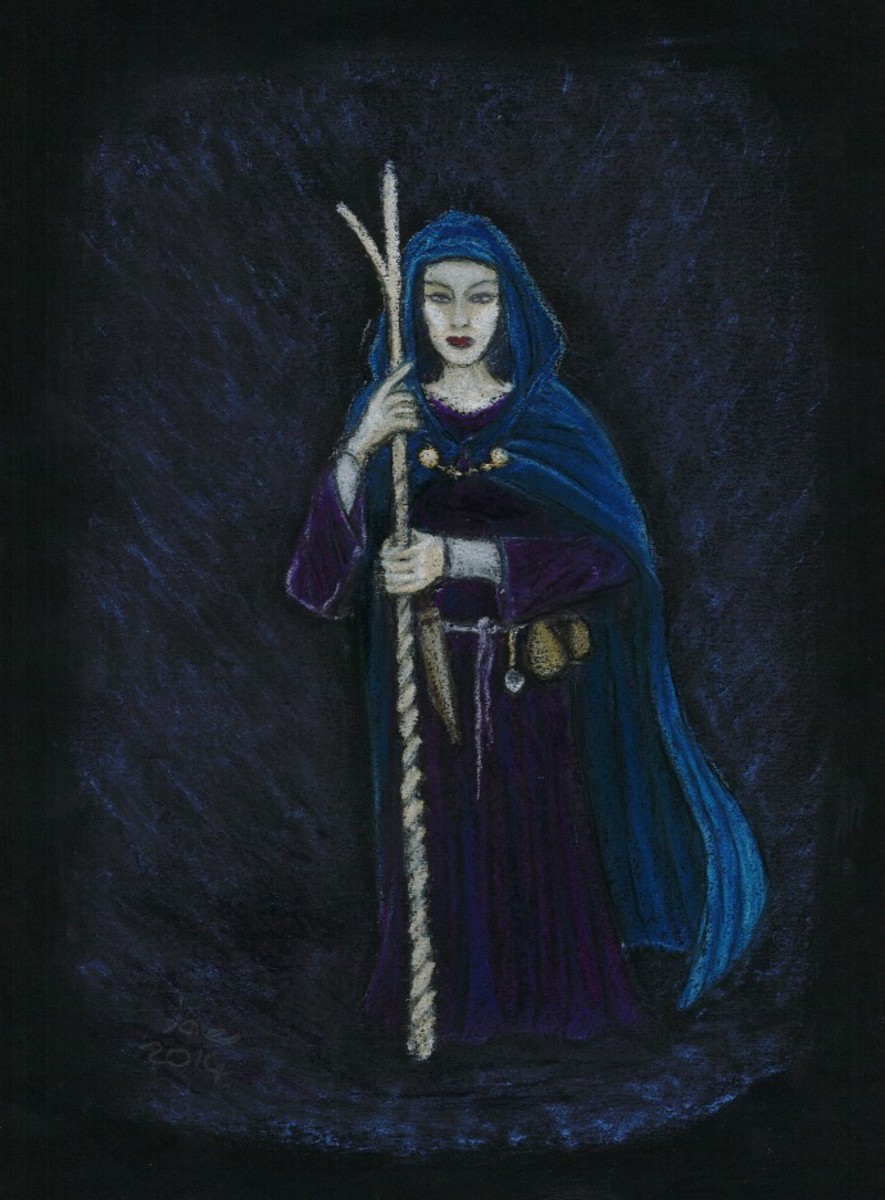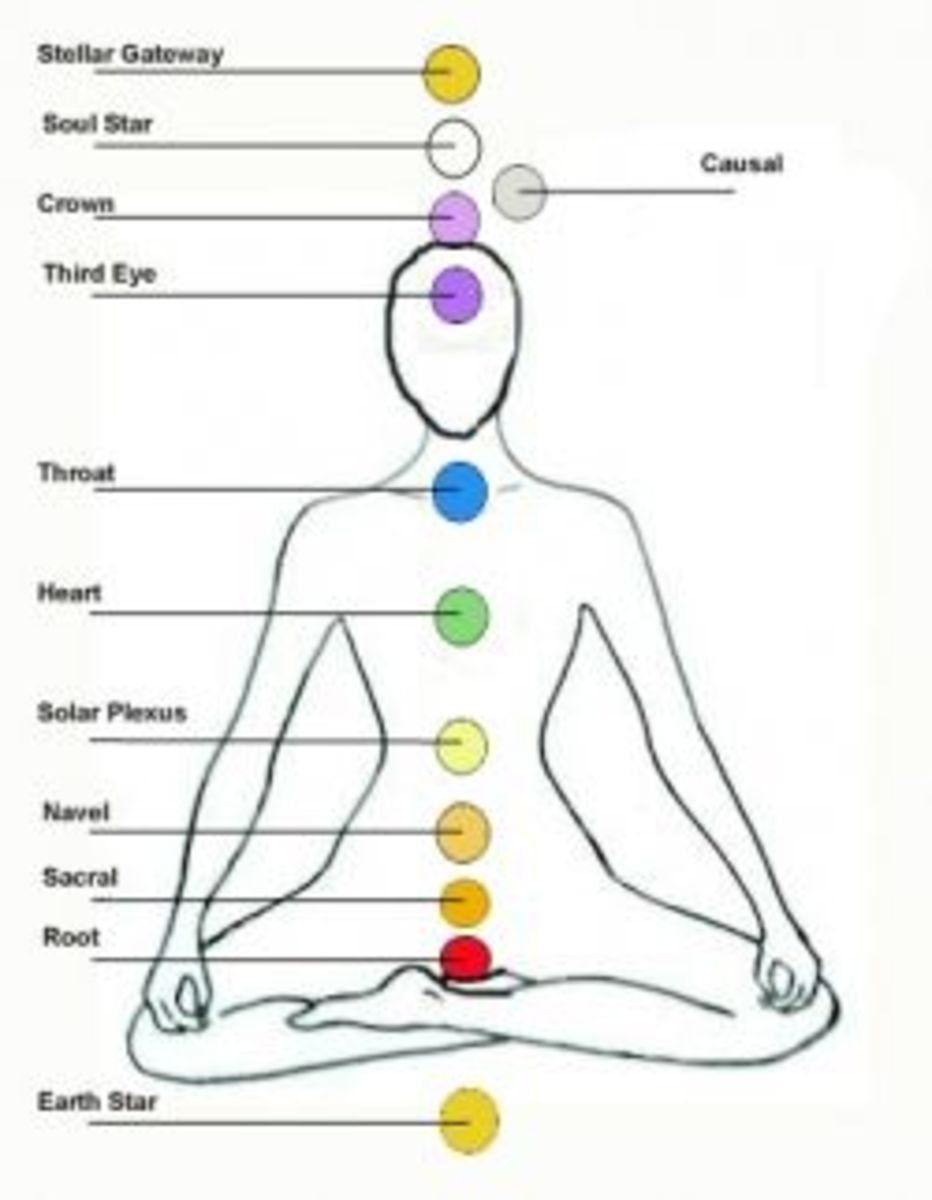Occult History & Philosophy: Image, Imagination, and Magic
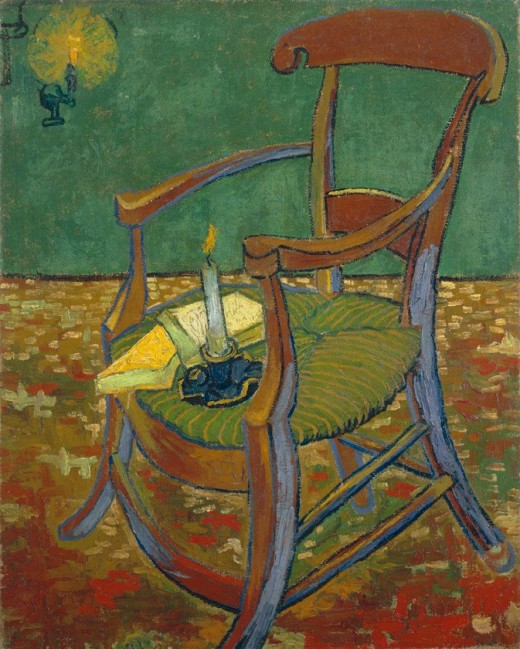
Image and Reality
We live in an age that stresses the material aspect of reality.In order for something to be considered ‘real’, we generally expect it to be comprised of matter. A collection of wood rods and planks that are connected in a way such that a human being can sit down on them is considered to be a ‘real’ chair.
An image of a chair, on the other hand is thought to refer back to the ‘real’ object in a secondhand sort of way. The image of the chair may be accurate to a greater or lesser degree, but no matter how expertly the image of the chair is rendered, we don’t consider it to be a real chair. We see the image as only a representation of a chair, a counterfeit.
This idea that images are once-removed from material reality and are at best merely representational is widely accepted, even though the assumption is clearly wrong on at least two counts:
1) Images are frequently self-contained and do not refer to any object outside themselves, and
2) An image can impart more information about a ‘real’ object that the material object itself ever could.
Dreams are one example of images that do not refer to actual objects yet can be experienced as vividly real. Dream images are packed with layers of complex symbolic associations, and are often fantastic and even impossible.
Abstract art is another example.
The physical canvas on which an abstract painting is created is not the art. The art is the image itself.
An artistic image does not necessarily correspond to anything in the ‘real’ world, and yet, in its capacity to evoke emotion, associations, and meaning, an abstract image such as might be found in a painting is experienced as vividly real—as real as any wooden chair, if not more so.
Both dreams and art contain an almost inexhaustible supply of bits of emotional and associative information—information that a ‘real’ wooden chair can never supply and doesn’t even try to supply—but this information is only made available when the person encountering the image responds creatively and emotionally, experiencing feelings, memories, and new ideas evoked by the art.
In other words, images require participation, not detachment. A person having a dream or viewing art doesn’t just objectively stand back and categorize the object he regards. That person encounters the image, interacts with it, takes it in, and responds emotionally, mentally, and sometimes even physically.
People are changed by art and by artistic imagery. The change may be almost imperceptible or it could be life-changing and huge, but an internal change does take place.
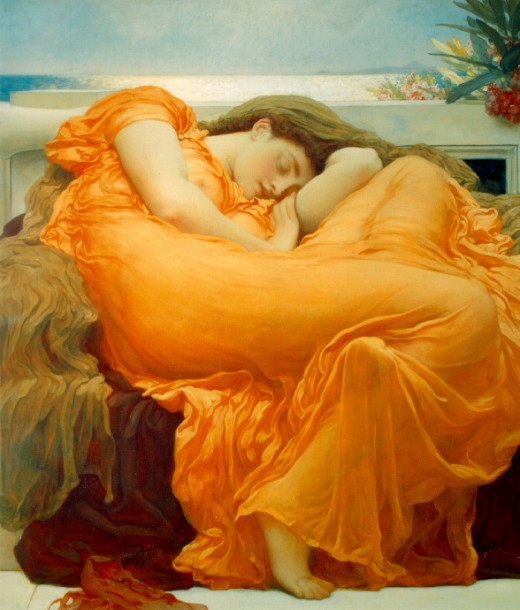
Science Versus Magic
The difference between chairs and images then, is that a chair is a chair because we all decide that is what a chair will be, by consensus, and once a chair, it is always a chair. An image of a chair, on the other hand, provides highly idiosyncratic emotional and associative information through direct experience, and that direct experience changes the observer. You never know where the image of a chair might take you.
Fifty different physical chairs will always reduce to the single category ‘chair’ no matter how many different people look at them. You see a chair, that’s pretty much the end of it. On the other hand, a single painting of a chair is capable of producing as many idiosyncratic emotional and associative responses as the number of people who view that painting—a nearly infinite number of responses. What’s more, the very act of responding the the painting changes the person looking at it.
Because direct experience does not rely on detached observation, thought, or consensus (by definition experience is subjective and participatory, not objective and detached), direct experience lies outside the realm of science and reason.
Experience can never be proven. It is what it is. Two people standing in front of the same painting can have wildly different experiences of that painting, and neither can be shown to be right or wrong, correct or incorrect. Yet each person’s experience remains completely ‘real’. There is nothing illusory or hallucinatory about it. The painting itself is also real, not just the canvas and paint used to create it, but the image itself.
This plain fact undermines the widely held notion that science is the only legitimate way of knowing and that reality is always by necessity material.
Science and reason seek to reduce reality to single principles that can be manipulated and controlled, but in doing this, reality literally becomes smaller. Images take single principles and expand them to create infinite associations that change the person observing them. Imagination expands reality, but it also makes it harder to control—or at least, it makes the illusion of control harder to maintain.
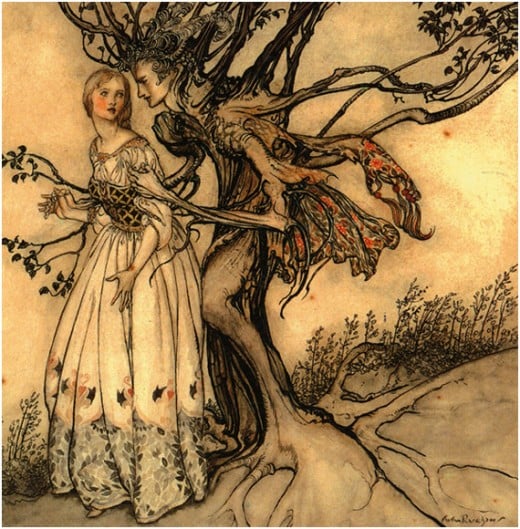
Primary Imagination and Magic
The Romantic philosphers and poets divided imagination into two types: primary and secondary.
Secondary imagination was akin to daydreaming, making stuff up, putting together a nice scrapbook—what the Victorians used to call ‘fancy’. It always is initiated by the ego, the personality, the ‘I’.
Primary imagination on the other hand was what made reality feel real. Primary imagination was the force behind matter that infused images and things with emotion, spirit, and life, a way of seeing that came from beyond the seer. It precedes and includes the ego, is bigger than the ego and more powerful. It feels like both ‘I’ and ‘other’ all at once.
Sometimes primary imagination feels totally ‘other’.
Primary imagination is in some sense literally life itself, the fire of life, not as determined by theory or experiment but at the level of direct personal experience.
Living human beings don’t just move through a universe of dead matter in a detached way observing and thinking abstractly about ‘stuff’. (OK, they do—but it doesn’t feel that great. It’s not what we hope for.) Living human beings experience the world emotionally and associatively through memory, narrative, and meaning.
Meaning may be inconvenient, slippery, and mutable, but it’s also what makes life rich and worth experiencing. Images may be mesmerizing and uncontrollable, but they are also beautiful and deep.
Images that come from primary imagination circumvent the ego and present themselves as having a life of their own. Visions, ‘big’ dreams, symbols, religious icons—all of these are images that come from primary imagination, not a creative arts workshop. We don’t create them, they create us.
Why bring this up here?
So much of what gets lumped into the category of paranormal these days is really primary imagination at work, doing exactly what primary imagination always does and is supposed to do, but because that word ‘imagination’ now is sullied with the stain of being ‘not real, made up, hallucinatory’, most of paranormal literature wastes a lot of energy wrongly trying to prove the material reality of weird things.
It’s so wrongheaded and unnecessary.
Understood correctly, the deeply affecting images thrown up by primary imagination are actually more real than material objects—in the same way a work of art depicting a singular chair and evoking myriad creative responses is more deeply real than a pile of wood and nails lumped into a generic category.
The objects of primary imagination stand alone as valid objects without representation. They provide genuine information (and tons of it) about the world, the individual experiencing the world, and the ever-changing relationship between the two. It’s right and worthwhile to attend to this information.
When we waste our time trying to prove that such images have mass and weight we miss the point entirely.
Before the Age of Enlightenment, magic was the art of understanding the world through primary imagination and transforming self and others in the process.
The fact that this process is no longer understood or respected does not for one minute mean it isn’t real.



